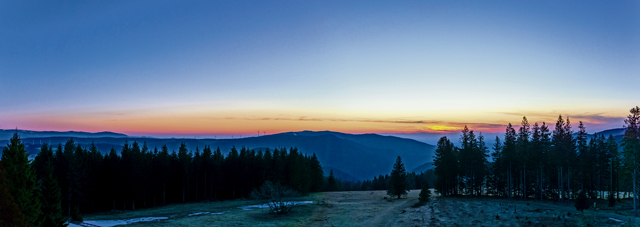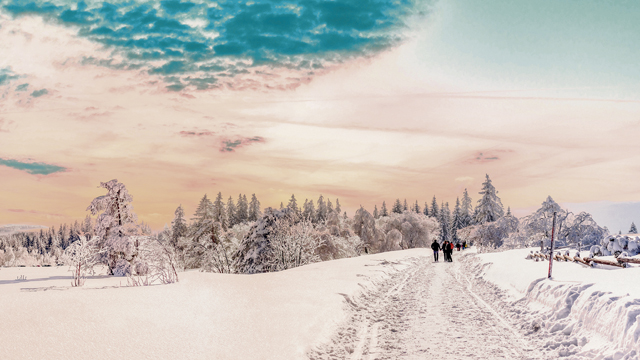
The Black Forest is world-famous, for good reason. The thickly wooded, mountainous terrain has a powerful mystique that goes far beyond its cuckoo-clock reputation. It is also home to one of Germany’s most beautiful national parks, which offers four-season hikes, diverse animal life, waterfalls, lakes, and day trips to fantastic nearby towns.
Black Forest National Park: Where to start
The national park, which was established in 2014 and which encompasses approximately 25,000 acres of heavy, hilly forest south of Baden and Baden and north of Triberg, feels mysterious and fairy-tale-like. It’s easy to imagine Roman legions refusing to enter, as happened two thousand years ago when they first called it Silva Negra, or the Black Forest.
Fortunately, a much friendlier fate awaits today’s visitors. The national park visitors center in Ruhestein is an excellent place to begin. Entrance is free, though a small fee is charged if you want to see a pretty cool exhibition on how the forest is returning to its wild ways.

Fantastic national park hikes
The Ruhestein center is also located very near the Schliffkopf nature reserve, which offers some of the best hiking in the Black Forest. During the spring and summer, hikers can find peace and quiet quickly. Lucky hikers will spot deer or even snakes (although some might consider that less lucky). For a reasonably easy peak hike, consider the Schliffkopf hike, which begins in the parking lot of the Schliffkopf hotel. The loop trail winds through classic terrain — heaths, forests, and meadows — and offers incredible views of the Rhine Valley. When you reach the 1,053-meter peak, you’ll be grateful.
Another excellent hike, in the northern portion of Black Forest National Park, is the Hoher Ochsenkopf trail. The forest surrounding it contains a number of rare and endangered species of fauna and flora. Be on the lookout for the “Hurricane” portion of the trail, where 1999 hurricane winds laid waste to a whole portion of the forest. The peak is nearly the same height as the Schliffkopf, at 1,054 meters.
Even if you’re not into Black Forest peaks, there are tons of other walking options. More than 180 kilometers of trails stretch through the park, many of which push past traditional farmhouse shops that offer clocks (naturally) and Black Forest cake.

Nearby towns — three great Black Forest side trips
One of the best parts of living in Germany is that wilderness and civilization sit cheek to jowl. Here are three great stops to put on your Black Forest list.
Baden Baden, which is 45 minutes north of the national park visitors’ center at Ruhestein, is a wonderful place to visit. A famous spa town, Baden Baden is an ideal place to stop for lunch and a massage (or sauna) following a morning hike. It’s also a pretty solid choice if you’re looking for a place to spend a long weekend.
Freudenstadt, located 30 minutes south of Ruhestein, is an overlooked gem in the Black Forest. The centuries-old city marketplace was destroyed during World War II, and then rebuilt into the beautiful (and historic-seeming) place that it is today. Freudenstadt is packed with fountains, great places to eat, and offers surprisingly decent weather most of the year. Fun fact: The town’s layout was based on a traditional board game called Nine Men’s Morris, which was played in Roman times and is still played today!
Triberg, an hour south of Freudenstadt, is another excellent Black Forest destination. Famed for its waterfalls and waterfall-associated hikes, Triberg also has an excellent cuckoo clock museum (which is way more fascinating than it sounds) that features the world’s largest cuckoo clock, which logs in at more than two stories tall!
Getting to Black Forest National Park
Reaching the Ruhestein Visitor’s Center by car takes just over two hours from Kaiserslautern or Wiesbaden, and 1.5 hours from Stuttgart. Check with Deutsche Bahn for train options to Baden Baden, Freudenstadt, or Triberg.


